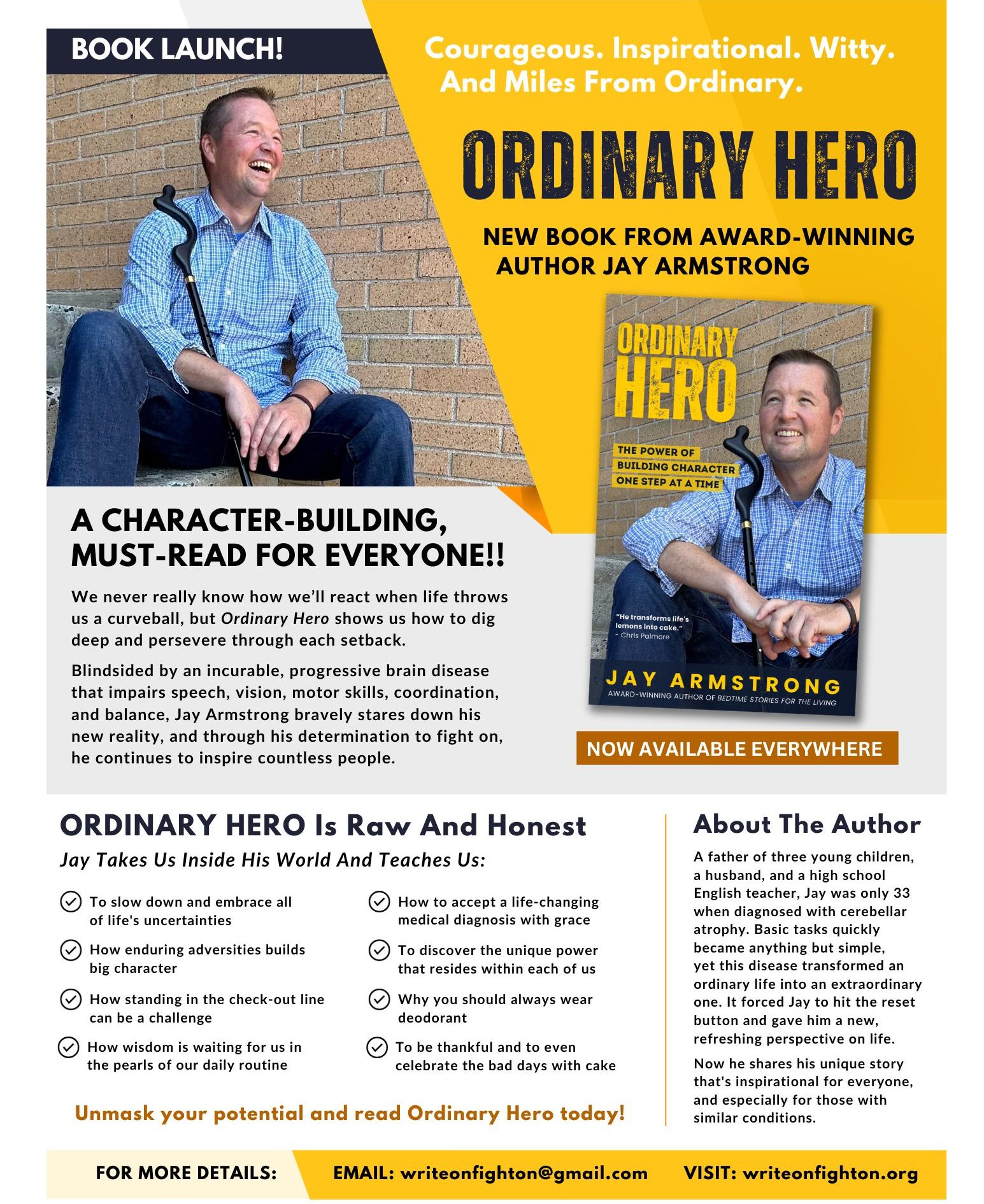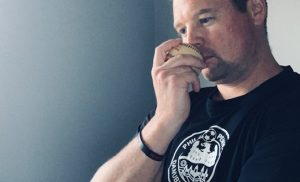Pain Management
A young orthopedic surgeon addresses me as, “Mr. Armstrong.”
He is tall, tan, and wearing a long white lab coat that brushes a pair of shiny black shoes. Behind him, tucked in the corner of the office, are two observing medical students.They are both wearing long white lab coats. They are both wearing white Nike sneakers. Certainly, I’m the oldest person in the room.
“Mr. Armstrong, so, how did this injury occur?”
“In October 2020, attempting to turn off the living room lights, I fell. That fall resulted in an impinged left shoulder. Twelve weeks of physical therapy. However, even after therapy, my left shoulder is still not right.”
The young surgeon pulls an MRI of my left shoulder up on his computer screen .
“Mr. Armstrong, you have a partially torn left rotator cuff. No amount of physical therapy will fix it. It requires arthroscopic surgery, six weeks in a sling, twelve weeks of PT.”
“Oh. Do I need to have surgery?”
“No, Mr. Armstrong. Your torn rotator cuff is not posing any danger. It simply comes down to pain management.”
“My fear is, that in a sling, I would fall again.”
“Yes, I understand your fear. And, to be honest, the stress of surgery may further compromise your balance.”
“So if I had surgery and then fell…”
“That would be bad.”
“Right.”
“Mr. Armstrong, let me take a closer look at your shoulder.”
Like an adolescent bully, this kid twists and turns my left arm and it hurts and I wince, but I’m more annoyed he keeps addressing me as Mr. Armstrong.
“Well, Mr. Armstrong, the physical tests show all the classic signs of a rotator cuff injury.” He moves back across the room and sits on a round-cushioned stool. “So what do you do for a living?”
“I’m retired.”
The young doctor nods. “What are your hobbies?”
“Well, I guess, I write.”
The young surgeon nods again. “Do you type or hand write?”
“Type.”
“Well, Mr. Armstrong, you should know typing may prove difficult for the first few weeks.”
“Oh. But surgery is not urgent?”
“No, Like I said earlier, you don’t need to have surgery right now. It simply comes down to pain management.”
I don’t tell the young surgeon about the blog or the book or about you. I don’t tell him I write every day. How writing saves me from self-destruction. How writing and breathing are equally important. I don’t tell him the irony of how cerebellar atrophy is slowly weakening my speaking voice yet strengthening my writing voice. How the world is always tilted and tumbling except when I’m writing. I don’t tell him with writing I can still deliver a crisp, killer punchline. I don’t tell him I write to be understood. To connect with others. To commune with others. I don’t tell him I write because my 9th grade English teacher urged me to keep writing. I don’t tell him writing allows me to keep memories alive. To keep the dead alive. I don’t tell him writing is my work. My duty. My responsibility. Or that for a while, writing makes me brave and confident and strong. Or that writing calms my anger, and sadness, and bitterness. I don’t tell him I write so when my children are older they can read what their dad went through and the thoughts he carried from one hard day to the next. I don’t tell him I’m writing to extend my life. And, I don’t tell him I’m older, and therefore wiser, and that someday he will understand.
Instead, I just smile, nod, and politely tell him, “I’ll manage the pain a little while longer. “
Be well,
Jay
If you like this post, you may also like:
A scene from my first neurology appointment
~
Why you should always wear deodorant
~
Finding the Fire
~
Don’t give up.
~
The nurse with the dragon tattoo
~~
Need some encouragement? Some perspective? This hardworking, almost-handsome, suburban soccer dad can help. Subscribe and, like a pizza, get my posts delivered to your door (your email inbox). No spam. Just posts.





